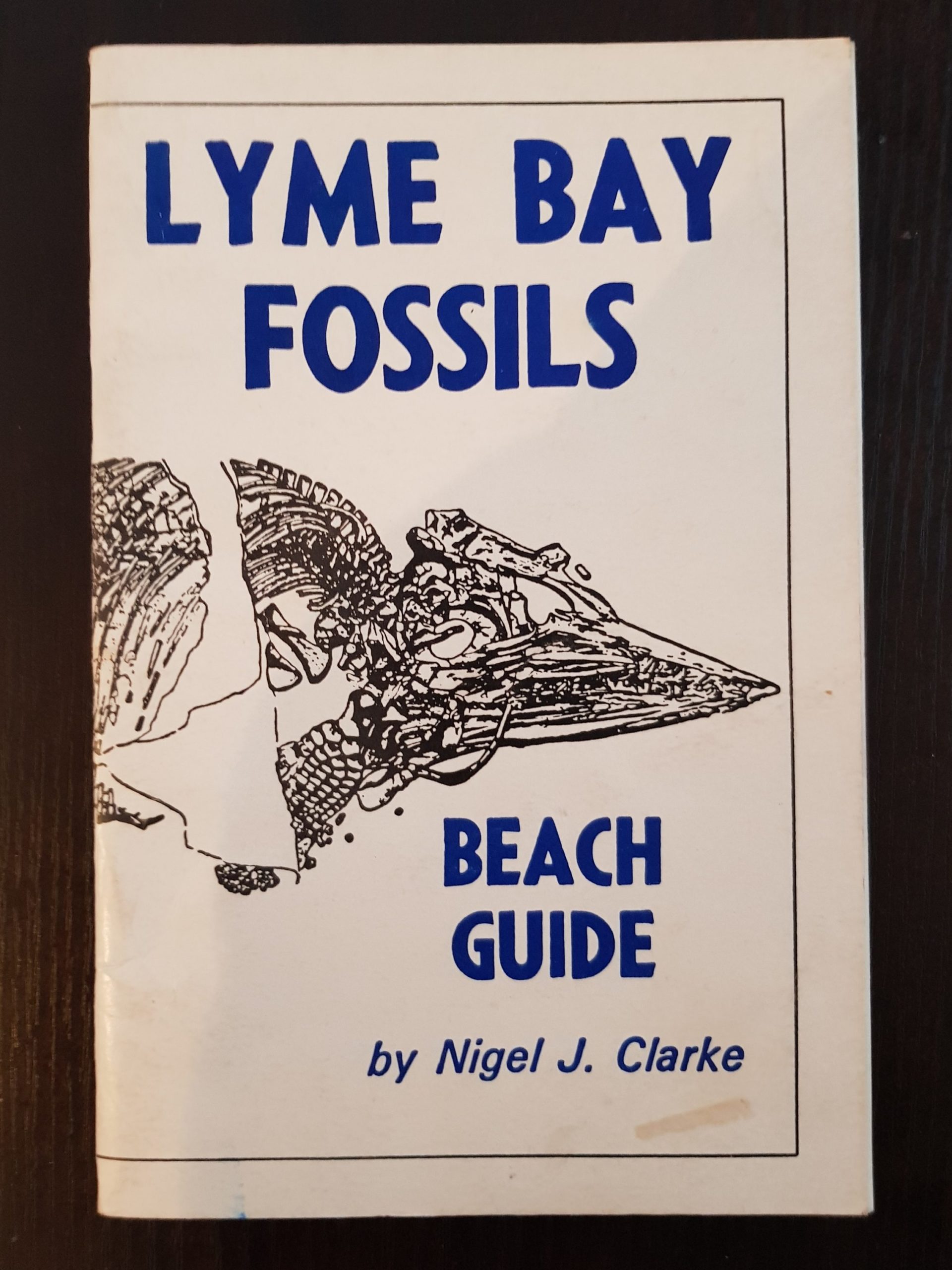R150.00
– A laymen’s guide to the famous fossil rocks of Lyme Bay
“For thousands of years the Lyme cliffs have crumbled and fallen, revealing great numbers of fossils which have been washed out of the crumbling rock by the sea. In the days before paleontology, people picked up these oddly shaped ‘stones’, seeing them as curiosities of nature, but until the early 19th century there was no scientific interest or understanding.
Lyme Regis was a centre for early pioneering palaeontologists, including Mary Anning, Henry de la Beche, William Buckland and William Conybeare.
The ‘Lias’ rock at Lyme was being quarried from the sea ledges in the early 19th century, mostly for making cement which would set underwater. This exposed large areas for fossil hunting.
George Roberts wrote in his Dictionary of Geology (1839) under the entry for Plesiosaurs:
“The great depository is Lyme Regis: the reason is, that a greater extent of Lias is there acted upon by the tide, and men, who break up the ledges; and so enable Miss Anning to perambulate a fruitful superficial extent of three miles long by one eighth of a mile broad.”
Price: R150.00
Edition: Reprint
Published: 1995
Publishers:Nigel J. Clarke
Condition: Stapled booklet (36 pages) in good condition, with shelf wear around the edges of the cover. Some soiling on the cover. Internally in very good condition – very clean and tightly bound.
1 in stock
Description
– A laymen’s guide to the famous fossil rocks of Lyme Bay
“For thousands of years the Lyme cliffs have crumbled and fallen, revealing great numbers of fossils which have been washed out of the crumbling rock by the sea. In the days before paleontology, people picked up these oddly shaped ‘stones’, seeing them as curiosities of nature, but until the early 19th century there was no scientific interest or understanding.
Lyme Regis was a centre for early pioneering palaeontologists, including Mary Anning, Henry de la Beche, William Buckland and William Conybeare.
The ‘Lias’ rock at Lyme was being quarried from the sea ledges in the early 19th century, mostly for making cement which would set underwater. This exposed large areas for fossil hunting.
George Roberts wrote in his Dictionary of Geology (1839) under the entry for Plesiosaurs:
“The great depository is Lyme Regis: the reason is, that a greater extent of Lias is there acted upon by the tide, and men, who break up the ledges; and so enable Miss Anning to perambulate a fruitful superficial extent of three miles long by one eighth of a mile broad.”
Price: R150.00
Edition: Reprint
Published: 1995
Publishers:Nigel J. Clarke
Condition: Stapled booklet (36 pages) in good condition, with shelf wear around the edges of the cover. Some soiling on the cover. Internally in very good condition – very clean and tightly bound.
Additional information
| Weight | 100 g |
|---|








